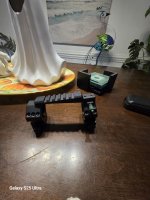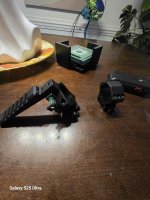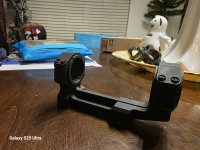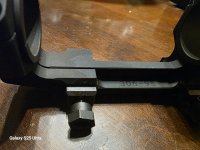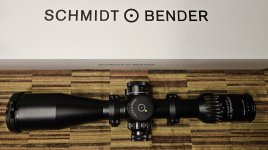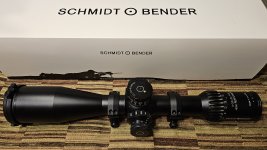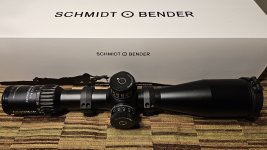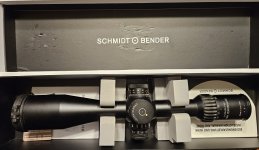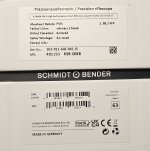My thoughts:
On the trimmer, I have the Giraud and purchased it before I even did articles and reviews for the industry. At some point I should probably write a review of it. I found trimming so onerous that this was the first powered piece of reloading equipment that I purchased. It is breathtakingly fast and easy and it's results are very consistent. The price is also substantially lower than the other stuff you have mentioned at ~$600. You may or may not see a small accuracy improvement in your ammo. I expect if you are into long range shooting your hourly wage is enough it won't take much time for it to pay for itself in time it saves you either way and that ignores how bad your hands hurt after manually trimming, deburing, and chamfering. Ouch.
On the powder measure, you are already part way up the tree here as you have a $400 automated meter. The autotrickler will improve both your accuracy and speed. You are currently at +- .1gr and would be going to +-.02gr. That improved measurement accuracy equates to around +-6fps on a 6.5CM (more with smaller calibers) you can see the math breakdown on that in my
Matchmaster review from a few years ago. The time consideration is also important though at least your not tearing up your hands while waiting and, depending on how much you reload, we might not be talking about that much total time.
About annealing, to be frank, I think it is a very small group of shooters for whom the AMP annealer might make sense. It's $1,800 bare bones and $2,500 equipped to feed itself and analyze your brass. Flame annealers start at ~$200 and have auto-feed at that price. $200 can pay itself back in brass pretty quick, $2k, not so fast. What I understand learning from those far more knowledgeable than myself such as Cortina, is that the improvement in the quality of your loads (both in group sizes and velocity spread) is marginal from annealing and even more marginal from doing annealing with the great precision of an AMP. I have not seen noticable improvement in my SD or group sizes from flame annealing though I do think neck tension feels a little lighter and more uniform when seating the bullet. Maybe there is some improvement burried in the noise of my data but it is small enough that I would need to do a large data set statistical analysis to find it. Realistically, were talking mostly about case life with an annealer. For my part I would go with a less expensive flame unit. I bought the BurstFire this year and am quite happy with the performance. I should have it's review posted soon.
So..... Purchase the trimmer first. Fuck processing the 1,200 peices of brass you have sitting around without a good trimmer and I always start off new (usually once fired from factory ammo in my case) brass trimmed to even lenght, deburred, and chamfered. If you get enough scratch before you have a few firings on the brass, do the scale next to improve your speed and load quality. If your shooting so much your brass gets 4 or so firings on it before you get the money for the powder measure, then buy a flame annealer next instead to bring that hardness back down and keep it from cracking. When it comes to an AMP, I would not buy one unless I was a national level competitor or someone in one of those professions where an hour of my time fetches me a week or so of my fellow mans.



